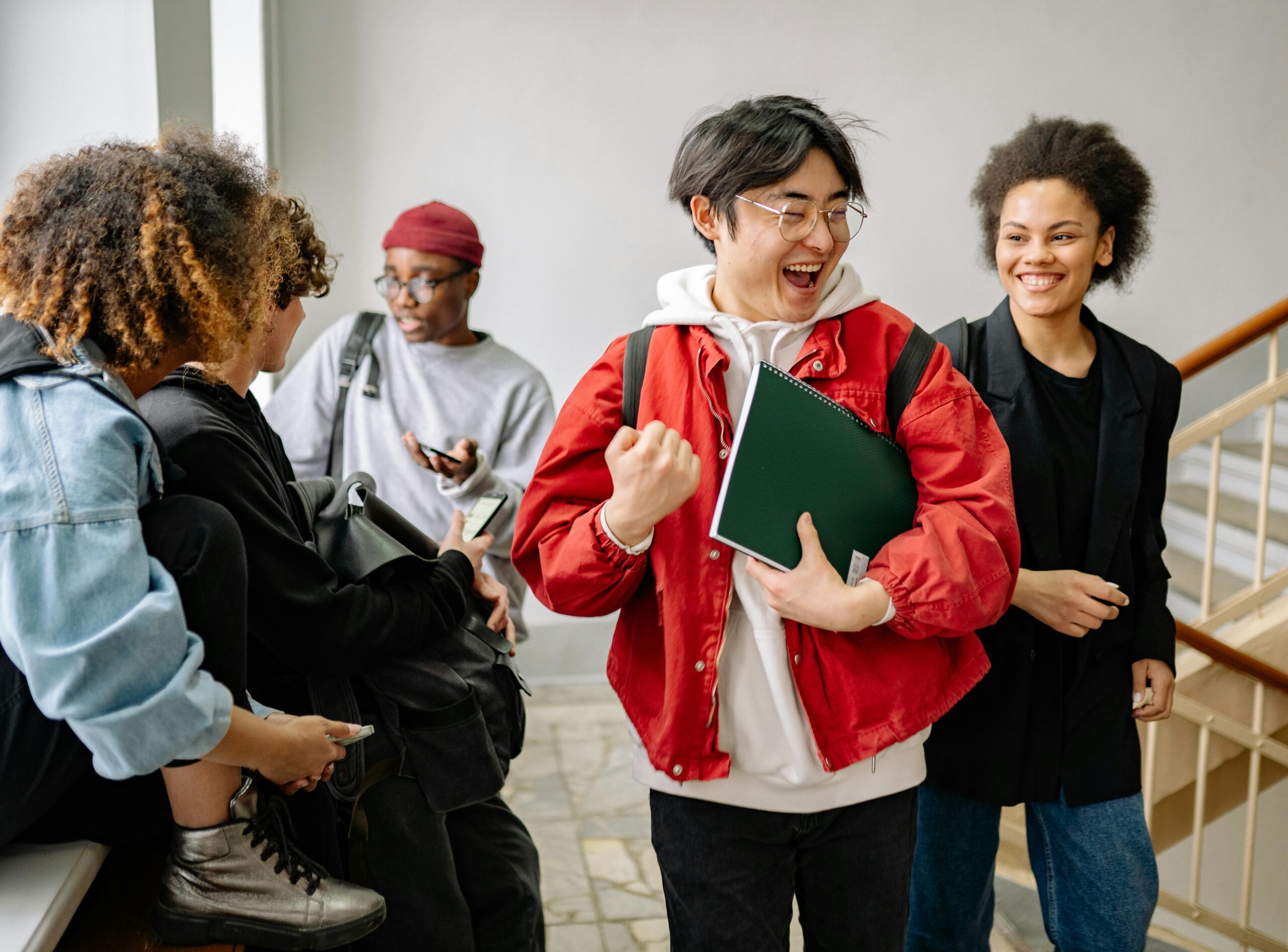
Seven Ideas to Employ if Remote or Hybrid Learning Doesn’t Go Away
By: Tim Elmore
Although millions of teachers, students, and parents would say the abrupt transition to remote learning a year ago was problematic, many are now preparing for more of it going into the 2021-22 school year. According to journalist Benjamin Herold, “Many teachers hate it. Millions of parents find it exhausting. A growing body of evidence suggests it has contributed to students falling significantly behind.”
Yet many educational leaders believe it’s not going away.
The Future Has Been Accelerated
I’ve written before about how 2020 was a “great accelerator.” During that year, whatever was already happening got sped up. As educators, we’ve known for years that schools need to better leverage technology, but suddenly, it was forced upon us. Diversity and equity training has been an issue for years, but instantly, the issue was front and center. Higher education has been evolving slowly for years, yet colleges were quickly forced to demonstrate their value to Generation Z, who began questioning the worth of a remote college education.
In many ways, the “train has left the station,” like it or not. There’s no going back. Michael Chasen, who helped create the learning management system Blackboard almost 25 years ago, says remote instruction has “passed the acceptance barrier.” We need to find a way to not only endure this challenging and often annoying practice of teaching on screen to screen but also enjoy it. School superintendents nationwide are preparing budgets for the upcoming year and planning to purchase more equipment (computer monitors, microphones, projectors, etc.) to utilize in the future. As much as I don’t like it, I actually believe it’s the right thing to do.
So, how can we progress from enduring it to enjoying it?

Seven Ideas to Thrive in a Remote Learning Environment
Below are a handful of the best practices I’ve collated from discussion with teachers, administrators, superintendents, and counselors in the U.S., Mexico, and Singapore. I chose to list the ideas that are doable for anyone. I hope they’re helpful.
1. Create student leadership teams.
Many teachers admitted to me that they realized they’d need help if their remote learning classes were going to succeed. The best place to get that help was the students themselves. One best-practice is to identify students who seem to be initiators (those who speak up first or seem more engaged) and ask them to be peer leaders. You may consider offering them extra credit. Prepare them to initiate Zoom room discussions, prepare an opening game for a class one day, or even help you review content to prepare for an exam. Teens respond to teens better if used in the right way.
2. Utilize gaming to study, reinforce learning, and engage students.
The best educators I know identify new apps and learn to gamify their learning experiences. This step is all about moving past a “talking head” who downloads data to a class of students. Quizizz is a great example. It’s free and has loads of games created by other teachers on almost any topic. Another one is Baamboozle, which works well for smaller classes. FluentKey turns the passive act of watching videos into a game that allows students to comment and discuss as they watch it. All of this feels more like the native language of kids.
3. Find cutting-edge technology to communicate with students.
I enjoyed hearing many educators who are NOT tech-savvy tell me they’ve become familiar with some of the newest apps so they can better connect with their students. TikTok is obviously popular these days, but there are new apps coming out every month that become the new normal for teens to communicate with each other. What if you were among the first to use a new app to check in on your students and see if they were OK? What if it became the way you deepened a relationship with an absent student? Relationships are key, and apps are the natural habitat for Generation Z.
4. Have students complete weekly check-in surveys and actually respond to them.
Speaking of checking in on students, another best-practice of great remote facilitators is weekly or even daily check-ins between teachers and students. Many use Google Form surveys with their students at the beginning of the week. They ask students about their feelings toward their classes, school in general, their personal lives, as well as if they are having any technological issues. Some add a goal-setting question for the week and a reflection for the one prior. Lastly, some add a very important question: “Is there anything else that you think would be helpful for me to know about how you’re doing?”
5. Leverage breakout rooms to deepen discussion and connection.
I’m sure you do this already, but it was interesting for me to hear how many educators said using “Zoom rooms” was key to their success–breaking down the class of 25 into groups of 4 or 5 students and asking a student to serve as a peer leader for each group (as I mentioned above). Students are more apt to open up and participate when the number of listeners is smaller, and this allows for transparency. It fosters engagement. There is no life change without life exchange. Students have a need to be heard, and breakouts help that to happen.
6. Identify ways to use online technology to build community offline.
I have long believed that interaction online should always lead to interaction offline. Educators affirmed to me that remote learning succeeded when it led students to do something together in person (in small groups, socially distanced with masks). For example, a discussion in social studies might be on civic engagement with the elderly, and students could form communities to take food or other essentials to local senior citizens. You can imagine the discussion on a screen the following week improved because of the in-person experience. In short, the best remote learning includes in-person experiences.
7. Develop classroom habits of using student’s names when interacting.
The best teachers know that virtual learning environments are more effective when students feel known; when they can’t remain anonymous. One best-practice is for teachers to utilize student’s names as they interact and to encourage students to do the same with each other. There’s something about hearing your name in conversation that raises the bar for engagement. Why not greet each of your students by name as they enter the remote learning screen? Why not encourage this among classmates in the chat column? You could even find a way to reward this habit in your classroom.
I hope these ideas spark even better ones of your own. Each of them, you’ll notice, are about better relationships and social and emotional learning. If you’d like to check out our S.E.L. image-based curriculum, CLICK HERE. We’d love to hear from you.






